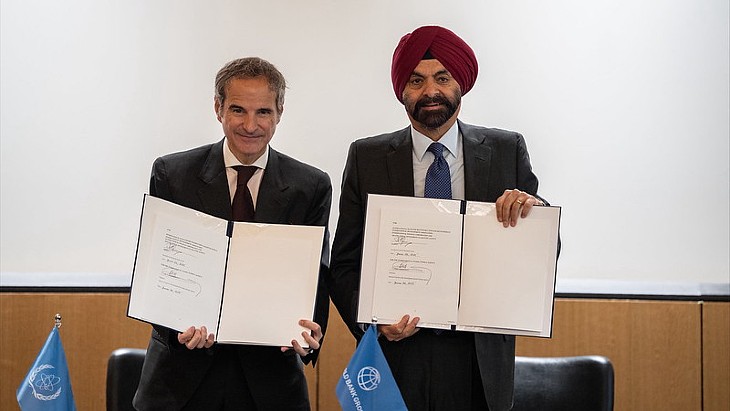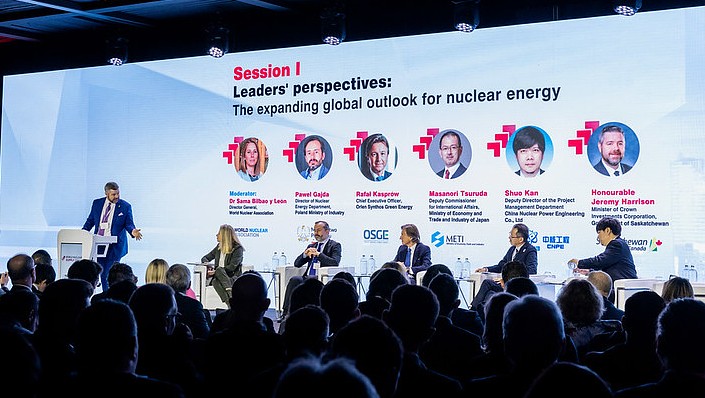Construction permit issued for Czech research reactor
.jpg)
FNSPE launched the VR-2 project in 2014. It received a siting permit for the reactor in 2020.
"After more than one year of assessment, long discussions with the applicant and thorough work on both sides, SÚJB has now issued the permit on construction of the subcritical experimental assembly VR-2," the regular announced earlier this month.
"The assessment of the preliminary safety analysis report and attached documentation requested according to the Atomic Act was done by the team of experts of SÚJB in cooperation with the State Institute for Radiation Protection," SÚJB noted. "It is the first construction permit of a nuclear facility with a nuclear reactor to be issued by SÚJB in accordance with the current Atomic Act. The next step will be issuing of the operating licence from SÚJB, for which the CTU plans to apply in the near future."
The VR-2 will be subcritical, which means that there will be insufficient fuel in it to sustain a fission chain reaction. Its operation can only be achieved with an external neutron source. Once the source is switched off, fission stops. This allows for simpler reactor design and construction. It is based on a pool arrangement of the reactor vessel, in which there is an internal installation with fuel rods forming the active zone. The moderator will be demineralised water.
The cylindrical stainless steel reactor vessel will have a diameter of 1.3 metres, a height of 1.7 metres and a wall thickness of 8mm and a bottom of 10mm. The vessel will have two symmetrical holes with a diameter of 128 mm for the installation of aluminum radial channels. One channel will be permanently part of the reactor vessel and will serve to house a type-DD neutron source to control the reactor. The second channel will be for experimental purposes. Individual components are gradually being supplied on the basis of tenders to a wide range of domestic companies.
The core will contain a combination of enriched and natural uranium fuel in the form of fuel rods. In the case of enriched fuel, it is UO2 with 10% enrichment of U235, natural uranium is in the form of uranium metal. The faculty already has fuel for the new reactor. It arrived in Prague in June 2018 from Aalto University in Finland.
The VR-2 will offer a range of experimental and training opportunities. The main part of the activities will consist of teaching nuclear engineering students. The equipment will be used in the teaching of laboratory tasks. It will also be used for experiments in student bachelor's, master's and doctoral theses. In addition to teaching activities, it will also be used to carry out research experiments.
The new reactor will be built in the same reactor hall as the VR-1 research reactor, which has been in operation since 1990.
"The new reactor is relatively small, so we can place it in the same reactor hall where we already have the school's VR-1 Sparrow reactor," said Jan Rataj, head of the Department of Nuclear Reactors at FNSPE. "We are thus using the existing infrastructure, not only the technical infrastructure, but also the downstream laboratories, classrooms and, of course, security and administrative support."
Excluding the cost of fuel and the time of the department's staff, the estimated cost of constructing VR-2 is about CZK8 million (USD360,000), of which CZK6.6 million will be financed by the Ministry of Education, Youth and Sports.
_92619.jpg)


_84504.jpg)







